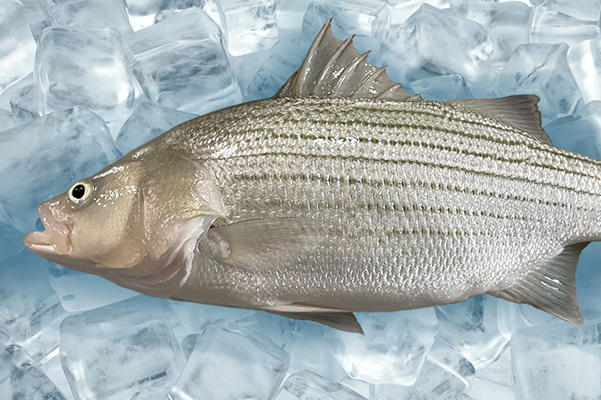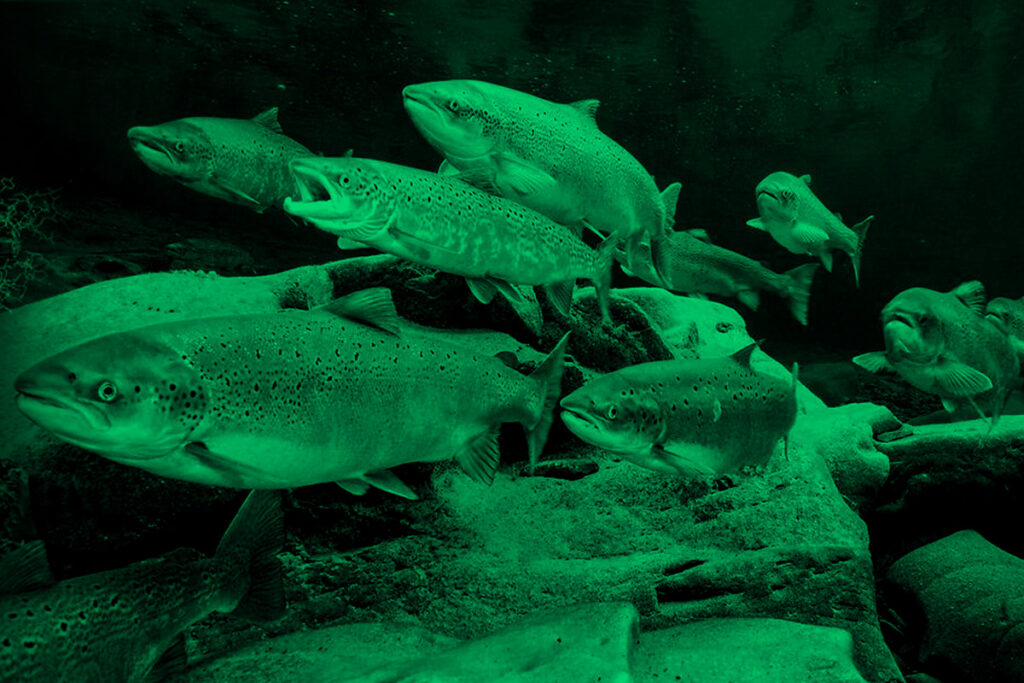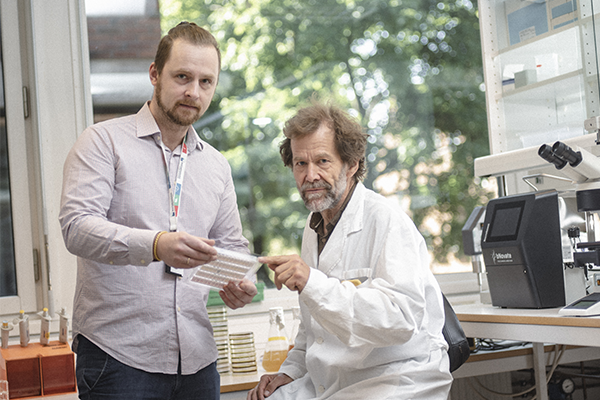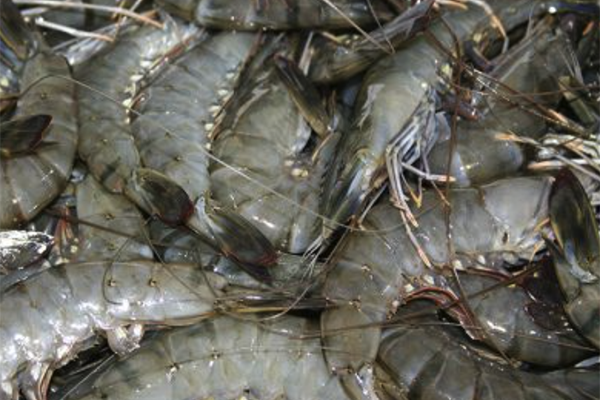Novel antimicrobial protein and treatment effectively cures Streptococcus iniae infections in hybrid striped bass, researchers say

Scientists at the United States Department of Agriculture (USDA)’s Agricultural Research Service (ARS) have developed a green antibiotic alternative to treat the deadly pathogen Streptococcus iniae in hybrid striped bass. It’s the fourth-most farmed finfish in the United States.
S. iniae is the causative agent of streptococcosis, a disease prevalent in aquaculture and causes a worldwide economic loss of $150 million annually. Disease outbreaks can bankrupt fish farms and put farmers at risk of getting the disease when handling infected fish.
Current vaccines provide only short-term protection for S. iniae, and fish farmers more often rely on antibiotics to treat the disease. ARS scientists aimed to develop a natural treatment since antimicrobial resistance – a process when germs like bacteria and fungi develop the ability to fight drugs designed to kill them – is a major concern for aquaculture farmers when treating bacterial diseases.
“Together with collaborators, we developed a novel antimicrobial protein and treatment regimen, that specifically kills only Streptococcus bacteria, and does not leave any chemical residues in the environment,” said Michael Deshotel, research microbiologist at the Harry K. Dupree Stuttgart National Aquaculture Research Center. “According to our study’s results, this protein effectively cures S. iniae infections in hybrid striped bass.”
According to Deshotel, the protein, known as ClyX-2, showed a 95 percent survival rate for the fish in the treatment groups in comparison to the 5 percent survival rate of fish in the control groups during the study. The results showed that the protein was statistically as effective at treating S. iniae as antibiotic treatments like carbenicillin (85 percent cure rate).
In the future, Deshotel and the researchers plan to study how to treat water to prevent diseases caused by S. iniae before they can infect fish.
Follow the Advocate @GSA_Advocate
Now that you've reached the end of the article ...
… please consider supporting GSA’s mission to advance responsible seafood practices through education, advocacy and third-party assurances. The Advocate aims to document the evolution of responsible seafood practices and share the expansive knowledge of our vast network of contributors.
By becoming a Global Seafood Alliance member, you’re ensuring that all of the pre-competitive work we do through member benefits, resources and events can continue. Individual membership costs just $50 a year.
Not a GSA member? Join us.
Author
Tagged With
Related Posts

Health & Welfare
Salmon farmers in Scotland cut antibiotic usage by more than 50 percent in 2022
Less than 10 percent of seawater salmon farms in Scotland used antibiotics in 2022, according to a new report by the UK government.

Innovation & Investment
Responsible Seafood Innovation Award finalist AQUIT is pressing for disease management in aquaculture without antibiotics
A feed supplement protein produced by AQUIT in Chile helps farmed salmon ward off disease while improving their overall health and growth.

Health & Welfare
Novel alternatives like bacteriocins take the lead as future antibiotics replacements for aquaculture
Machine learning technology and novel alternatives like bacteriocins are unlocking a new era of tackling disease and antibiotic use in aquaculture.

Health & Welfare
Study finds ‘great potential’ in alternatives to antibiotic use in aquaculture
A review outlines potential alternatives to antibiotic use in aquaculture but says that research funding is needed to advance the technology.



